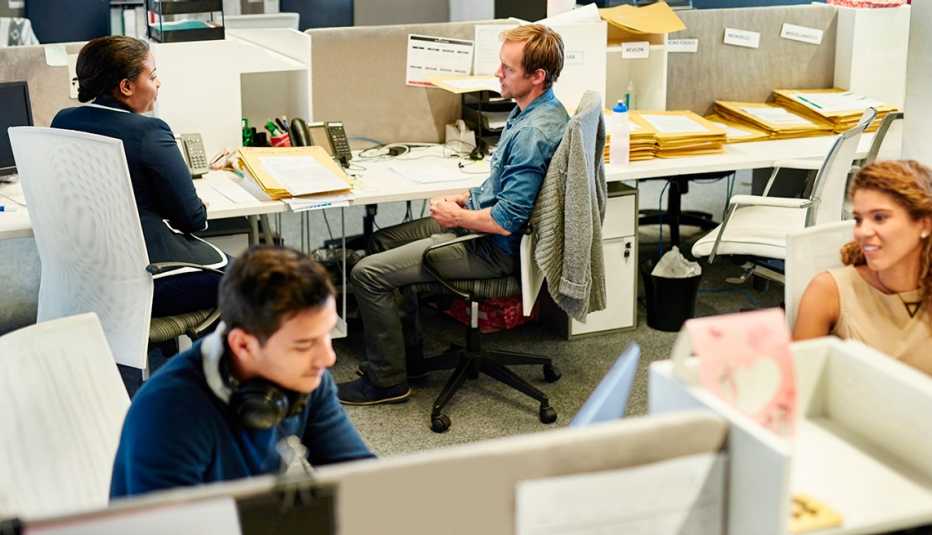Staying Fit


For many office workers, privacy is a luxury of the past. More than two-thirds of employees now work in offices with limited or no dividers between them and their coworkers, according to the International Facility Management Association. For experienced workers used to closing an office door for some much-needed quiet time or one-on-one meetings, this shift toward openness can require patience, an alteration of some long-ingrained work habits and, sometimes, a new pair of noise-canceling headphones.
When Dan Lyons, 56, a writer based in Boston, changed jobs and moved from a private office at Newsweek to an open workspace at software company HubSpot, he was miserable. Employees at HubSpot moved desks every few months to foster new relationships. "It was an incredibly disorienting system," he says. In addition to the distracting noise of people's conversations, he says, colleagues left smelly food messes in their wake. Lyons documented much of his unhappiness, which went far beyond the office floor plan, in his book Disrupted: My Misadventure in the Start-Up Bubble.


AARP Membership— $12 for your first year when you sign up for Automatic Renewal
Get instant access to members-only products and hundreds of discounts, a free second membership, and a subscription to AARP the Magazine.
Lyons left his job after a year and a half and now works largely from home. He says that most office workers will need to adapt to the new open layouts because they aren't going away. "The main reason companies like to go to open-office areas is cost — it's cheaper," says Alan Hedge, a professor of economics at Cornell University.
Given the small size of computers compared with those a decade ago, it's easier for workers to fit themselves, and their technology, into smaller workspaces, Hedge explains. "Why do I need to give you a huge, big desk when you're just putting a teeny-weeny laptop on top of it?"
Millennials, Hedge says, also appear to prefer open workspaces for the social aspect. "The workspace is an extension of their social life, and the last thing they want is to be isolated in an office with a door." Open workspaces can also make it easier for companies to foster intergenerational relationships and mentoring, he adds.

































































More From AARP
How to Fight Back Against the Office Bully
Being targeted by a boss or coworker? Here's what you need to knowHow to Handle Difficult Coworkers
Disagreements, emotion on the job can ruin your workday